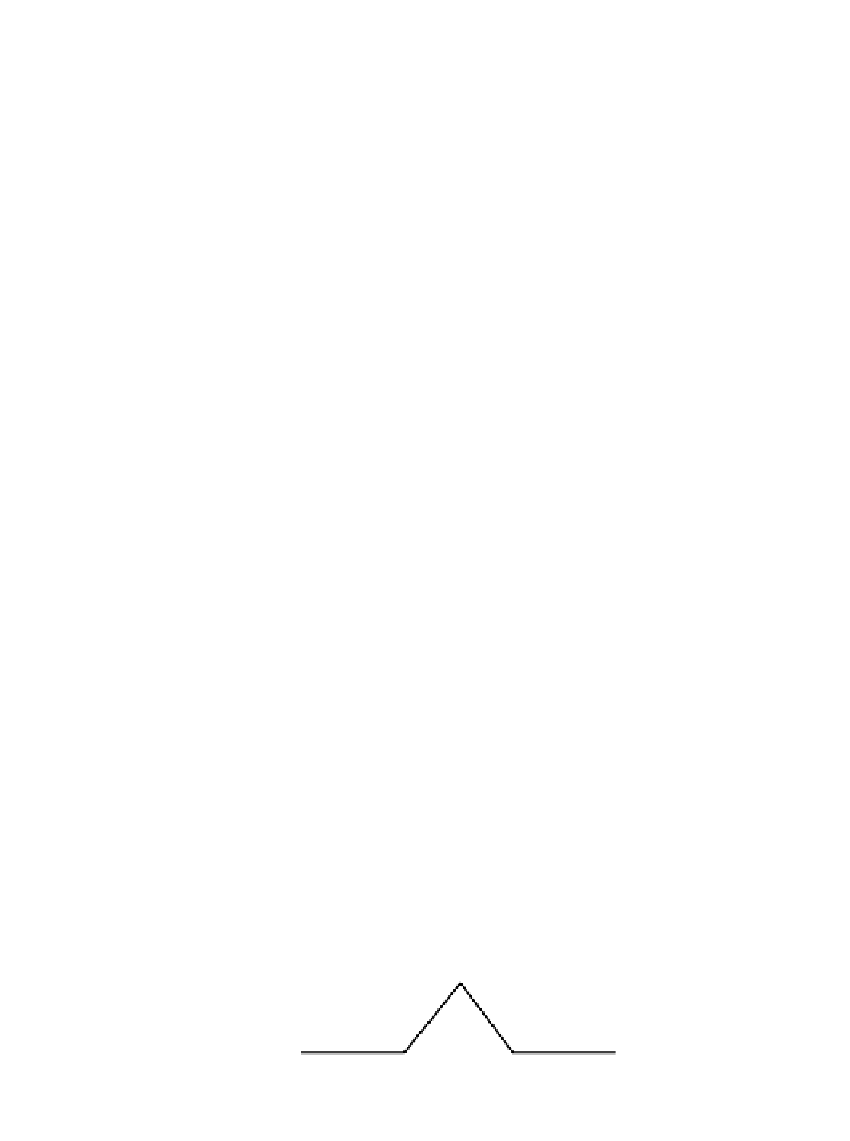Java Reference
In-Depth Information
• gcd(x, x) = x
• For x > y
,
gcd(x, y) = gcd(x - y, y)
• For y > x
,
gcd(y, x) = gcd(x, y - x)
19.
Turn to lesson page 15-1 of the
ProgramLive
CD and click the project icon.
You will see a project called Link extractor. This project is to build a Java appli-
cation that produces a list of all links on a website. A recursive procedure is used
to process the graph of web pages that are reachable from a given root. Do this
project.
20.
Recursive procedures are great for drawing geometric shapes that are repeat-
ed and drawn at increasingly smaller scales. Such shapes are called
fractals
. One
example of a fractal is the Koch snowflake, due to a Swedish mathematician
Helge von Koch. In the diagram on the left below is a Koch snowflake of order
0, an equilateral triangle.
The middle figure is a Koch snowflake of order 1. In each of the lines in the
order-1 snowflake, the middle third of the line has been replaced by two sides of
an equilateral triangle. In the order-2 snowflake on the right, again, the middle
part of each line of the order-1 triangle has been replaced by two sides of an equi-
lateral triangle. This process can go to any depth.
Write a procedure to draw a Koch snowflake of order k. You will have to put
this procedure in a class that has a method
paint
—either a subclass of
JFrame
or a
JPanel
. Your instructor will give you details on this.
Here is the specification of the snowflake procedure.
/**
Draw Koch line of order
k(≥0)
from
(x1, y2)
to
(x5, y5)
using
g
.
*/
public void
drawFlakeLine(
int
k,
int
x1,
int
y1,
int
x5,
int
y5, Graphics g)
For
k=0
, the Koch line is simply a line from
(x1, y2)
to
(x5, y5)
.
For
k>0
, the Koch line is 4 Koch lines of order
k-1
, drawn as shown here:
(x3,y3)
(x1,y1)
(x2,y2)
(x4,y4)
(x5,y5)
Let
dx = x5 - x1
,
dy = y5 - y1
, and p = sqrt(3.0) / 6. Then:



Search WWH ::

Custom Search